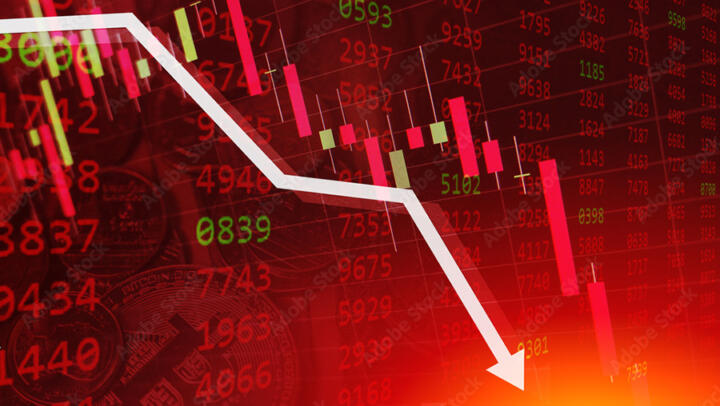Global dividend payouts saw a slight dip of 0.9% in the third quarter, mainly attributed to volatility in commodity prices, particularly in the oil and mining sectors, as reported by InfoStride News.
Janus Henderson’s global dividend index highlighted that, when considering currency fluctuations and special dividends, underlying payouts actually increased by 0.3%, maintaining an overall positive trend in corporate dividend distributions.
Despite this, the report revealed that two significant dividend cuts significantly affected the overall rate of underlying growth, which could have been 5.3% without these cuts. Petrobras, a Brazilian oil producer, experienced the world’s largest dividend cut for the second consecutive quarter, reducing payouts by $9.6 billion year-on-year. Additionally, BHP, the world’s leading dividend payer in 2021 and 2022, cut payouts by $6.9 billion due to lower profits resulting from falling commodity prices. Other Australian mining companies, including Rio Tinto and Fortescue Metals, also implemented dividend cuts.

More than half of all mining companies, as noted in the report, reduced dividends, with some moving away from their previous “progressive” dividend policies that commit to annual payout expansions.
Ben Lofthouse, the head of global equity income at asset manager Janus Henderson, remarked that dividend growth remains robust across various sectors and regions, except in commodity-related sectors such as mining and chemicals. He emphasized that the cyclical nature of commodity dividends rising and falling is well-understood by investors.
Headline growth, which compares the amount paid in any quarter with the previous year, can be influenced by one-off payments during periods of unusually high profits or asset disposals. Since the COVID-19 pandemic, companies have used such payments to catch up on missed payouts.
Contrastingly, underlying growth considers currency movements, special dividends, timing changes, and index changes. In the UK, underlying payouts rose by 1.5%, with Glencore being an exception in the mining sector. Non-mining companies, especially in banking, oil, and utilities, delivered double-digit returns.
Banks played a significant role in dividend growth globally, contributing $5.8 billion or 9.3% year-on-year in the third quarter. Janus Henderson’s Jane Shoemake, a client portfolio manager, highlighted that banks, post-regulation and pandemic recovery, have been catching up, while regulated, inflation-linked sectors like utilities provide steady, albeit not high, growth.
In China, the oil and gas sector drove the country’s dividends to record highs in the third quarter, with a 7.8% underlying growth, reaching $38.2 billion. PetroChina played a key role in this growth by more than doubling its year-on-year dividend to $6.5 billion. However, weakness persisted in other sectors, with cuts at China Construction Bank and distressed property companies like Country Garden Holdings.
Despite the challenges, Janus Henderson revised its overall dividend forecast for the year from $1.64 trillion to $1.63 trillion, representing a 4.4% increase in dividends for 2022. Notably, the US, France, Canada, Switzerland, and China are poised to deliver record payments this year.
Support InfoStride News' Credible Journalism: Only credible journalism can guarantee a fair, accountable and transparent society, including democracy and government. It involves a lot of efforts and money. We need your support. Click here to Donate
